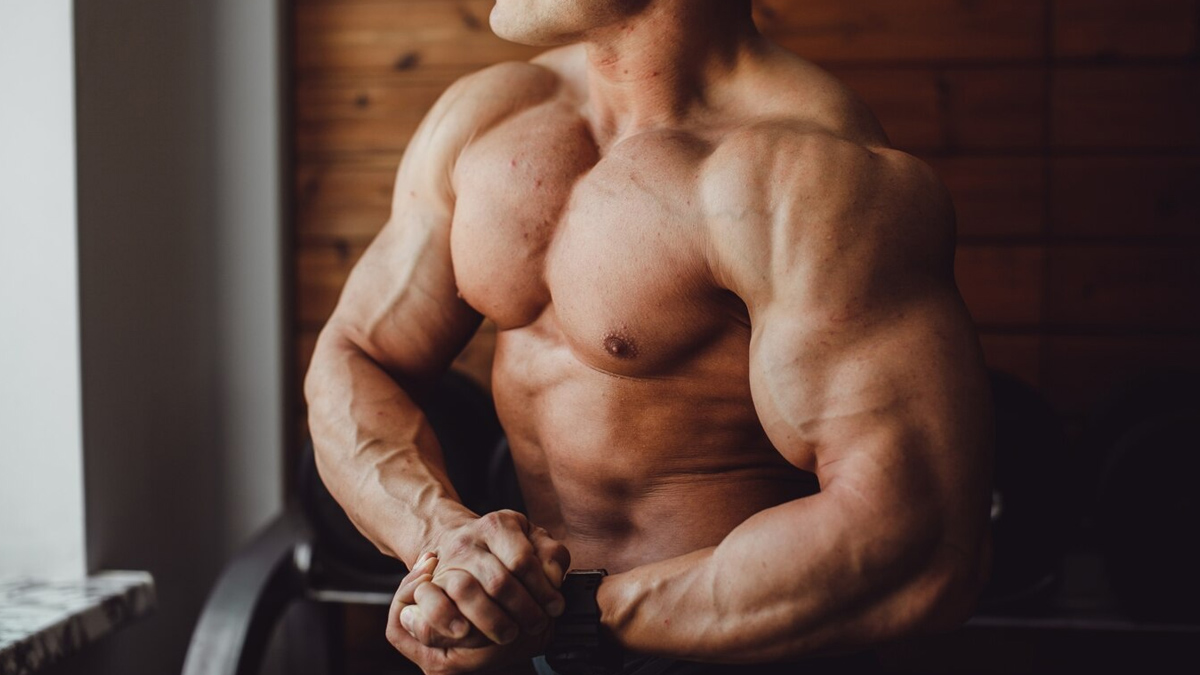
Fitness is one thing, but being continuously obsessed with losing weight or gaining muscles can be alarming. While many are familiar with anorexia, an eating disorder characterised by an intense fear of gaining weight, fewer people know about bigorexia, a lesser-known but equally concerning condition.
Table of Content:-
CHECK YOUR
MENTAL HEALTH

In an interaction with the OnlyMyHealth team, Deekshaa Athwani, Consultant Clinical Psychologist, Fortis Hospital, Mulund, sheds light on the condition, discussing what bigorexia is, what causes it, and how to cope with it.
Also Read: Do You Feel Sick Every Time You Eat? Here Is What Could Be Causing This
What Is Bigorexia?

Bigorexia, also called muscle dysmorphia, is a condition where an individual has an obsessive belief that their body is not muscular or lean enough despite a healthy physique, explains Athwani. “Unlike general body image concerns, it is not only the preoccupation with staying fit that is dissatisfaction with weight or shape, but a preoccupation that leads to significant emotional distress, impairing their daily functioning.”
“Individuals with bigorexia may perceive themselves as too small despite being visibly muscular,” the psychologist adds.
Causes Of Bigorexia
According to Athwani, bigorexia, a subtype of Body Dysmorphic Disorder (BDD), can be influenced by biological, psychological, and sociocultural factors.
Biological factors: These include genetic predisposition; individuals with a family history of mental health conditions are more susceptible. In some cases neurotransmitters influence the behaviours seen in bigorexia. Additionally, hormonal fluctuations may influence eating patterns which further fuel the development and persistence of bigorexia.
Psychological factors: These include low self-esteem, perfectionism and past trauma that play a significant role in the development of bigorexia. Individuals with a negative self-image may rely on physical appearance for validation, while perfectionist tendencies push for an obsessive need for the perfect body. Bullying or past trauma can also lead to the compulsive need for changing one’s physical appearance.
Socio-cultural factors: These involve the role of society and media. Societal pressures force individuals to conform to societal standards around attractiveness. Media platforms also emphasise physical appearance, which exacerbates body image dissatisfaction.
How Body Image Pressure Impacts Behaviour

A 2022 study conducted among university students found that students who were more physically active tended to feel better about their muscle appearance and, as a result, had healthier eating habits. On the flip side, underweight students were often more anxious about gaining weight than even those who were overweight.
This suggests that the pressure to achieve a specific body type, particularly a muscular one, can significantly influence not just how individuals view themselves, but also their lifestyle and eating patterns. The study also highlighted a direct link between muscle satisfaction, physical activity, and eating attitudes, re-suggesting how closely mental health, body image, and behaviour are intertwined.
Also Read: What Is Superman Yoga Pose? Instructor Explains Benefits Of Viparita Salabhasana
Symptoms Of Bigorexia
Common symptoms to identify bigorexia include:
- Individuals often struggle with anxiety in social situations, where they feel their body will be scrutinised.
- They have low self-worth tied to their physical appearance.
- Constant preoccupation with body size and perceived lack of muscle affects their activities of daily routine.
- They may develop obsessive mirror checking or complete avoidance.
- Signs of irritability or anger when the gym routine is disrupted
Coping Strategies For Bigorexia

“The most important step is to reach out to a mental health professional for support,” says Athwani, adding that talking to a trained professional helps you to understand the root of these thoughts and behaviours.
According to the expert, therapists often guide you with evidence-based treatments like Cognitive Behavioural Therapy (CBT), which includes mindfulness and work towards self-compassion, which in turn helps with the critical inner dialogue and improves body acceptance.
Additionally, family involvement and group therapy help to combat social isolation and encourage a non-judgemental environment. In some cases, pharmacotherapy may be advised.
Conclusion
Unfortunately, bigorexia is often under-recognised, but when fitness becomes fixation and self-worth hinges on physical appearance, it is a red flag, says Athwani. Therefore, it is crucial to first recognise bigorexia, understand the root causes, and then take necessary steps to cope with the condition. Remember, there is no shame in sharing your struggles, as long as it helps you and supports you.
[Disclaimer: This article provides information from an expert and is intended for general knowledge only. If you are experiencing relationship issues, it is crucial to seek advice from a qualified professional to ensure appropriate care.]
Also watch this video
How we keep this article up to date:
We work with experts and keep a close eye on the latest in health and wellness. Whenever there is a new research or helpful information, we update our articles with accurate and useful advice.
Current Version